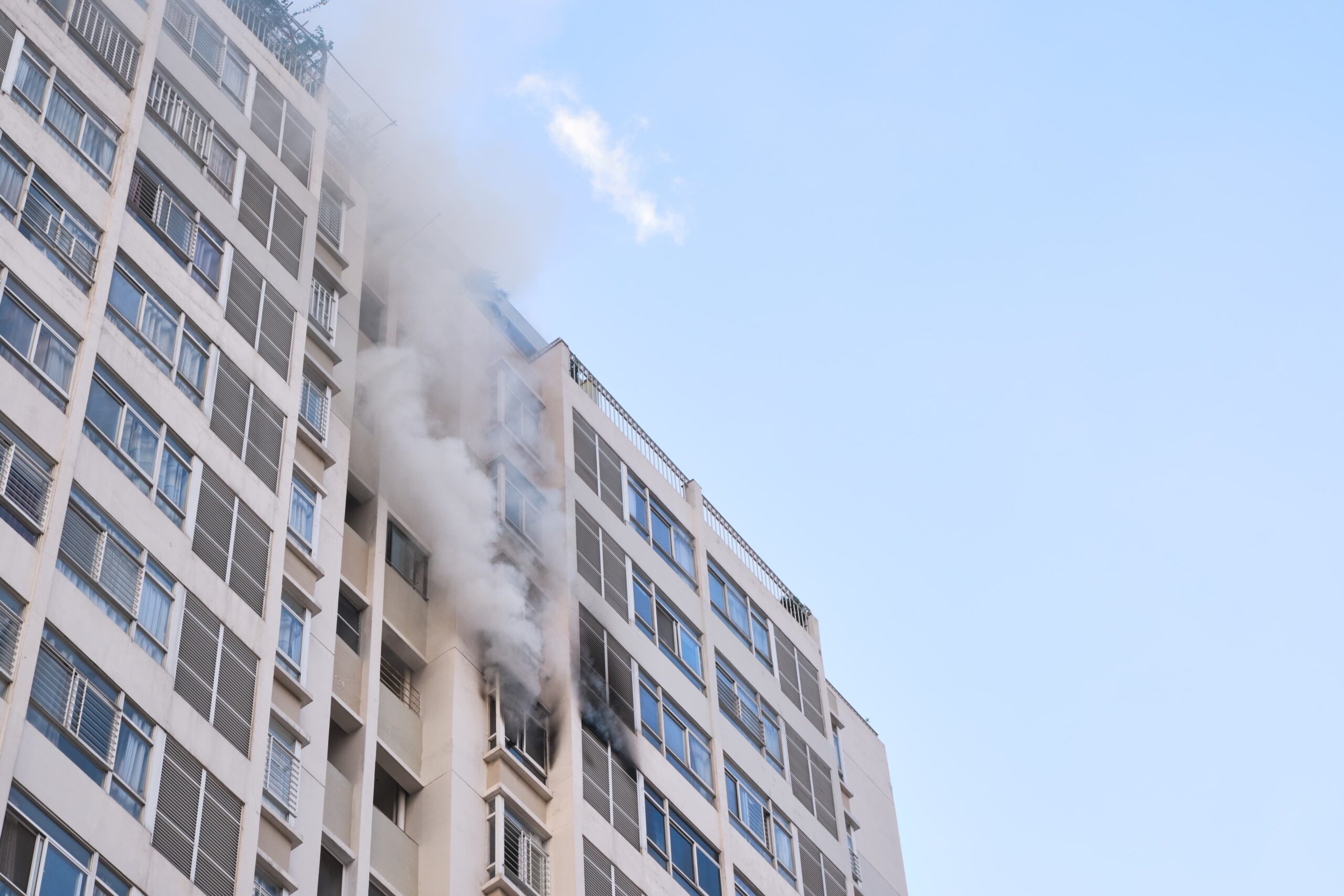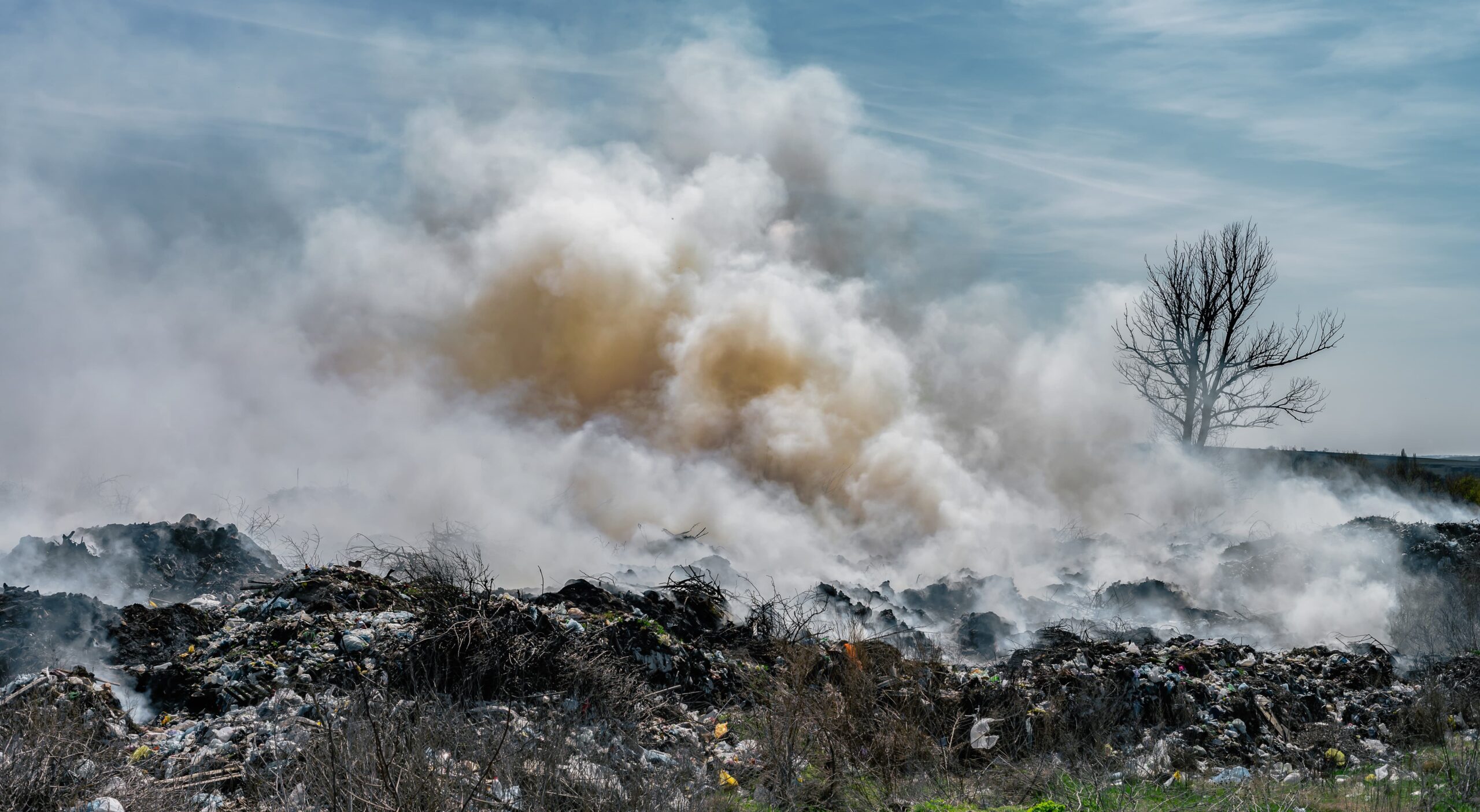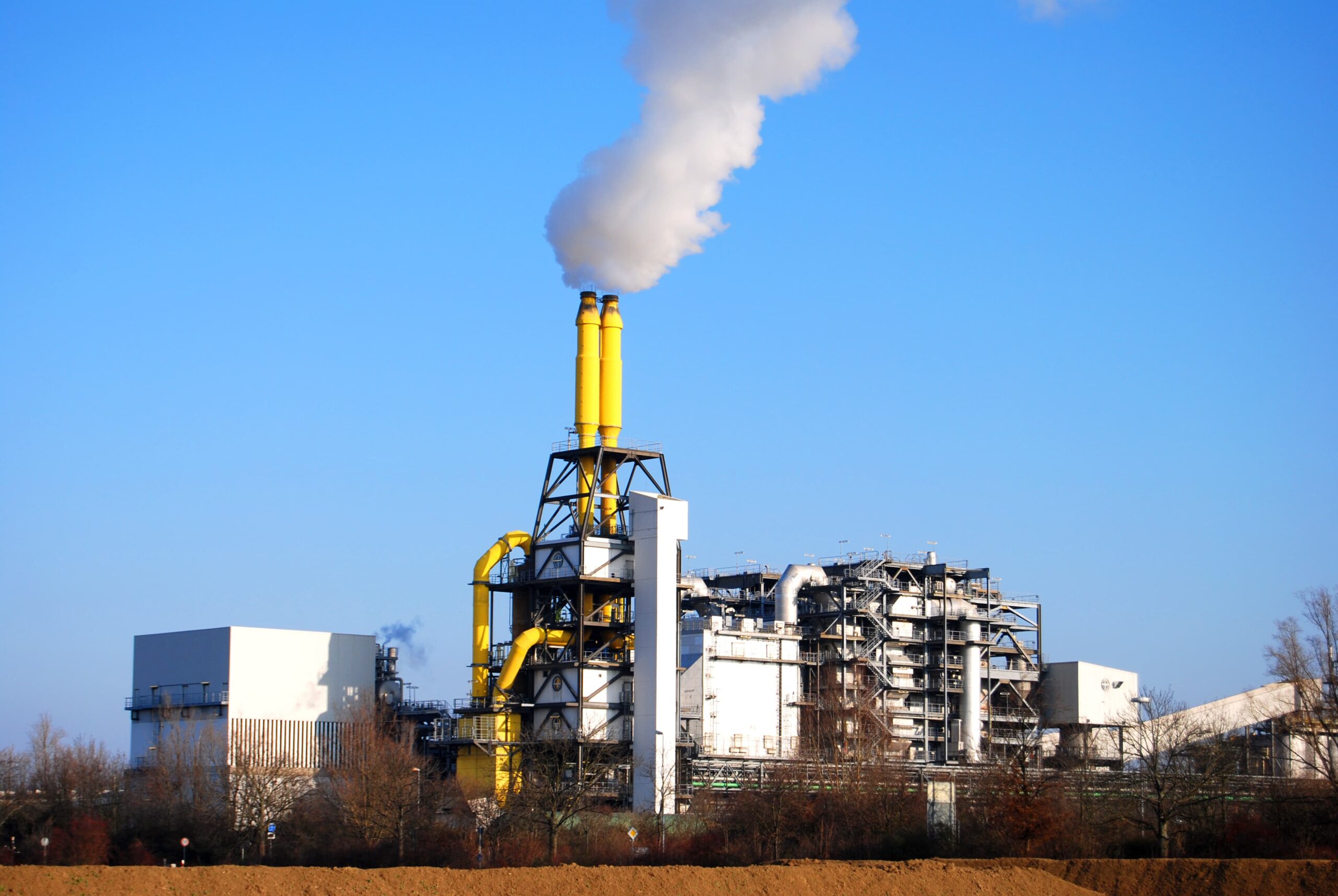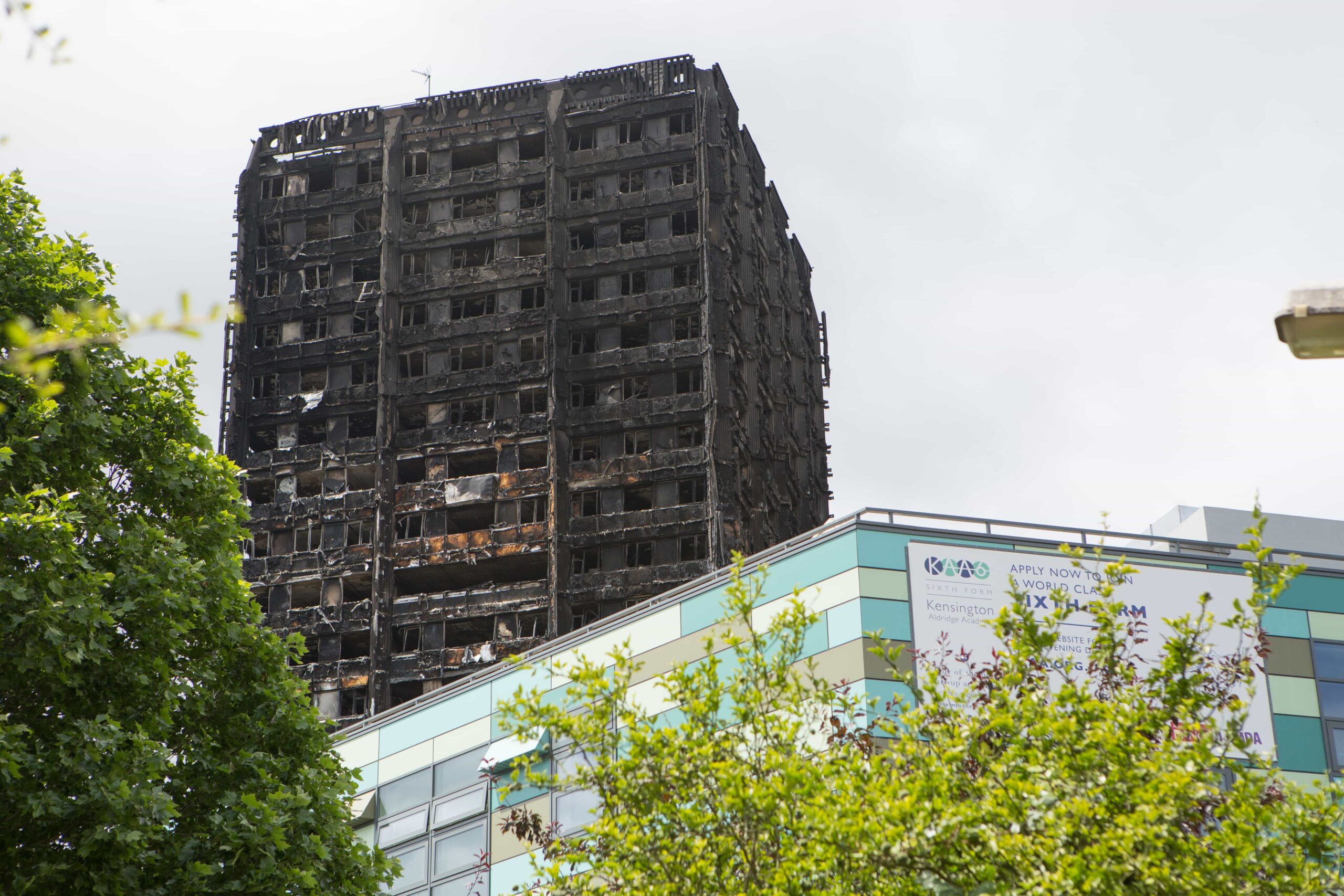Plastic fumes | Is burning plastic toxic?
Over the last 50 years, plastic has become one of the most distinctive features of the modern world. From consumer goods to construction materials, plastic can be found in almost everything people see and use day to day.
Most of the debate around the rise of plastics has focused on their environmental impacts, but another issue warranting the same level of concern is their toxicity when exposed to high heat.
Want to learn more about the dangers of burning plastic? Below, we cover everything you need to know, including what makes plastic toxic, specific health risks associated with burning plastic and real-life case studies on the effects of plastic fumes.
Discover the shocking results of our Plastic Under Fire tests
Is burning plastic toxic?
Learn about the plastic industry’s use of harmful chemicals that release dangerous toxins when exposed to extreme heat.
Read MoreHealth risks of burning plastic
Find out how burning plastic fumes affect the human body through respiratory and reproductive issues as well as immune and nervous system damage.
Read MoreBurning plastic case studies
Read up on real-life case studies from the UK, France and further afield into the impacts of melted plastic fumes on human health.
Read MoreIs burning plastic toxic?
The open burning of plastic is toxic and poses grave risks to human health. Plastics contain hazardous chemicals that are released into the air when burned. Inhaling these fumes can cause serious damage to the respiratory, reproductive and immune systems.
In 2024, a landmark report consolidating scientific and regulatory data from around the world identified over 16,000 chemicals used in the manufacture of plastics. Of these, information on potential health risks did not exist for more than 9,000 chemicals, while at least 4,200 were classified by the researchers as “highly hazardous”.
Due to the sheer quantity of chemicals used in plastics manufacturing, hazardous compounds are often grouped together into categories, with some of the most common being:
- Furans – heterocyclic organic compounds broadly recognised as some of the most toxic chemical substances
- Dioxins – similar to furans, dioxins take a long time to break down and are often carcinogenic
- Phthalates – a group of chemicals used as plasticisers that have been linked to a range of health issues
- Polychlorinated biphenyls (PCBs) – carcinogenic compounds made up of carbon, hydrogen and chlorine
- Flame retardants – a broad range of chemicals used to increase the fire resistance of plastics that can also be hazardous to humans
- Per- and polyfluorinated substances (PFAS) – industrial chemicals consisting of carbon and fluorine with adverse health effects
The chemicals released by burning plastic vary from polymer to polymer. Polyethylene (PE), the world’s most common plastic, has been shown to release highly toxic quantities of furans, dioxins, carbon monoxide and hydrogen sulfide.
In polyvinyl chloride (PVC) – the most widely used plastic in construction – a staggering array of contaminants including dioxins, phthalates, heavy metals and vinyl chloride are emitted during combustion.


With plastic materials now a regular feature of the built environment, the possibility of inhaling toxic fumes is something that firefighters must contend with whenever tackling a blaze in a built-up area.
Compared to other commonly used building materials like metals, plastic products have a low melting point and will typically catch fire when exposed to an open flame, emitting dangerous contaminants in the process.
Flame retardants are routinely added to plastic building materials to increase their fire resistance, however these contain harmful chemicals of their own which can add to the overall toxicity of the product.
Even in the controlled environment of an incineration site, harmful toxins in the form of furans and dioxins still escape into the air as they are often too small to be filtered out by incinerators.
In indoor environments, toxic fumes from burning plastic can persist for several hours, while contaminants can also infiltrate soil and settle on other surfaces like clothing, prolonging the risk of exposure well after the fumes have been extinguished.
Learn more about the rise of plastics in construction
Health risks of burning plastic
A wide range of serious and sometimes fatal health issues have been linked to the inhalation of burning plastic fumes, including cancer, neurological disorders, respiratory issues, and nervous system damage.
Below, we take stock of the current body of research into the health risks of burning plastic.
Respiratory illnesses
Respiratory damage is one of the most widely reported effects of melted plastic fumes. Depending on the length of exposure, ailments range from temporary difficulty breathing to lifelong illnesses like asthma, emphysema and chronic obstructive pulmonary disease.
Research is ongoing to learn more about the risks of different materials. Polymer fume fever, a flu-like fever caused by fumes from burning polytetrafluoroethylene, is one of the first illnesses linked to a specific plastic polymer.
Reproductive issues
A wide range of chemicals used in plastics manufacturing are known to cause serious harm to the reproductive system. These include benzene, styrene and bisphenol A (BPA), as well as various phthalates.
Inhaling fumes from these chemicals can damage sperm DNA and decrease sperm motility. For women, exposure to endocrine-disputing chemicals found in plastic can lead to reduced fertility.


Cancers
Plastics also contain dozens of known carcinogens capable of causing cancer once they have infiltrated the body. Dioxins, phthalates, polyaromatic hydrocarbons, PCBs, vinyl chloride and BPA are all known to have carcinogenic effects.
Many of these chemicals are linked to specific types of cancer – BPA is usually associated with breast cancer, for instance, while polyvinyl chloride often causes liver cancer – meaning the impacts can vary depending on the toxic plastic fumes present.
Immune system damage
Exposure to the chemicals found in plastic can severely disrupt immune function. Some of the effects observed include oxidative stress, chronic inflammation, altered gene expression and mitochondrial dysfunction.
Damage to the immune system from plastic fumes weakens the body’s ability to protect itself against harmful viruses and bacteria, potentially leading to other diseases further down the line.
Nervous system damage
The impacts of plastic fumes on the nervous system range from dizziness, headaches and nausea to loss of consciousness. Styrene, butadiene and acetone are some of the most harmful gases released by burning plastic for nervous system damage.
Analysis of microplastics also shows that plastic chemicals are able to infiltrate the blood-brain barrier, at which point there is a serious risk of brain damage and neurotransmitter imbalance.
Learn more about the harmful chemicals found in plastic
Burning plastic case studies
There are numerous examples from around the world of serious health issues being linked to the inhalation of burning plastic fumes. Indeed, simply by living in a certain area or working in a particular profession, the risks are dramatically increased.
Below, we look at some real-life case studies of burning plastic, highlighting the industries and areas at the greatest risk from toxic plastic fumes.
Waste incineration sites
Globally, the UN estimates that 17% of plastic waste is incinerated. In the UK, this figure is thought to be significantly higher, with 45% of household plastic waste burned in incineration sites.
Recognising the risks of burning large volumes of plastic in the open air – often adjacent to large residential neighbourhoods – several research teams have investigated the health impacts of waste incineration on local populations.
Higher incidence of cancer and respiratory illnesses, as well as increased risk of birth defects, have been reported by numerous studies. One study in France found higher rates of various diseases including leukaemia and lung cancer among exposed populations.
In many countries, incineration sites are disproportionately sited in low-income areas. Greenpeace found that UK waste incinerators are three times more likely to be in poorer areas, meaning the least privileged often face the greatest risks from burning plastic.

Grenfell Tower fire
In 2017, the Grenfell Tower fire claimed the lives of 72 people – but the blaze would have longer-lasting impacts on those exposed to the smoke that engulfed the building and spread to the surrounding area.
Analysis of soil samples following the fire found huge concentrations of toxins, potentially impacting thousands of people, while in 2023 it was revealed that up to a dozen firefighters tasked with tackling the blaze had been diagnosed with terminal cancer.
The Grenfell Tower Inquiry attributed significant blame to the aluminium composite material (ACM) cladding – made with a PE core – and plastic polyisocyanurate (PIR) insulation in not only spreading the fire but also emitting vast amounts of toxic gases.
Researchers from the University of Central Lancashire found that the smoke released by burning PIR insulation was 15 times more toxic than non-combustible insulation made from mineral wool.

Occupational asthma
There have been numerous linking occupational asthma to plastic dating back to the 1960s – the time when plastics were becoming a common feature of commercial and industrial processes.
Meat wrapper’s asthma – more commonly known today as food wrapper’s asthma – was observed in a 1973 study when three workers developed respiratory symptoms after being exposed to PVC fumes emitted during the vacuum packing process.
Researchers from Spain reported similar symptoms in the fish wrapping industry after a worker was confirmed to have bronchial asthma after coming into contact with toxic fumes from the PVC used in the packaging.
While most cases of occupational asthma that have been linked to plastics are the result of fumes and gases, there is evidence from Singapore and South Korea that exposure to unheated PVC dust can also lead to respiratory issues.

Learn more about the fire safety risks of plastics below.
Burning plastic: time for change
With rates of plastic production increasing and at least 50 new incinerators proposed or in development in the UK alone, the impacts of burning plastic are only set to become more widespread over the coming years.
Away from incineration sites, plastic materials continued to be used widely in construction, increasing the risks of inhalation exposures when fires break out, as evidenced by Grenfell.
From mineral wool insulation to copper pipes for plumbing, there are plenty of alternatives available. At present, however, the low cost of plastic products means superior materials with proven safety credentials are routinely passed over.
Change is needed from the top to place greater emphasis on the safety of building materials, starting with increased regulations over the use of highly toxic products like plastic.
Fed up with plastic greenwash? Want to learn more about alternative materials that are driving a safer, more sustainable future? Check out our news items or subscribe to our newsletter!
Frequently asked questions
Is burning plastic toxic?
Yes, burning plastic is toxic and can have serious health impacts if fumes are inhaled. Thousands of potentially hazardous chemicals are used in the manufacture of plastics and these are released as gases when plastic products start to melt.
Why is burning plastic bad?
Burning plastic is bad as it releases toxins that can cause serious damage if inhaled. Fumes from burning plastic have been linked to respiratory illnesses, reproductive issues, cancer, immune system damage and nervous system damage.
Is burning plastic illegal?
Yes, burning plastic is outlawed by the UK government as part of a wider ban on burning household waste. In addition, it is illegal for UK farmers to burn plastics on agricultural land.
What should you do after inhaling plastic fumes?
If you inhale fumes from burning plastic, it’s vital to get fresh air right away. Particles from burning plastic can cling to surfaces, so it’s also a good idea to wash and change clothes. If symptoms develop, contact a medical professional immediately.